Shri Mata Vaishno Devi Just Got a High-Tech Upgrade—Here’s Why It Matters
You know how it is—standing in those endless queues at Vaishno Devi, half in prayer, half worrying if your grandma’s gonna make it through the crowd? Yeah, me too. But here’s the thing: the shrine’s finally getting some serious tech love. And honestly? It’s about time.
Just last week, LG Manoj Sinha flipped the switch on a brand-new surveillance system. We’re talking 700 cameras with some seriously smart features. Let me break it down for you—because this isn’t just about security, it’s about making the whole pilgrimage experience less stressful.
1. The Big Launch: More Than Just Ribbon-Cutting
What Actually Went Down
So Sinha didn’t just show up, smile for cameras, and leave. The whole event felt different—like when your local mandir suddenly gets WiFi. You had government folks, shrine trustees, and tech nerds all in one room. And get this—they were actually talking to each other. Crazy, right?
What This System’s Really About
- Real-time monitoring: No more “oh, we didn’t see that fight break out near Bhairo Baba” excuses.
- Crowd control that actually works: The AI predicts trouble spots before they happen—like knowing exactly when the prasad line will go nuts.
- Emergency response: Imagine someone faints during peak season. Now help arrives before ten people trip over them.
2. The Tech Stuff (Without the Boring Jargon)
Where All These Cameras Are
700 cameras sounds excessive until you’ve seen the Navratri crowds. They’ve got eyes on:
- All entry gates—because that’s where pickpockets love to work
- The entire trek route—especially those narrow bits near Adhkuwari
- Near the sanctum—where emotions run high and space runs low
The Cool Features No One’s Talking About
- Face recognition: Not just for criminals—it can spot lost kids in seconds.
- Gesture detection: If you raise your hands in distress (not praise), the system notices.
- Crowd AI: It’s like having a super-smart traffic cop who knows exactly when to open alternate routes.
3. Why This Actually Helps You
Safety That Feels Real
Here’s a scenario: It’s 2 AM, you’re exhausted, and someone starts pushing near the stairs. Old system? Maybe someone notices. New system? Alerts go off before the shoving even starts.
No More Human Stampede Math
The AI analyzes years of crowd patterns. It knows when Puja holidays will bring 50% more people. So they can open extra lanes before chaos hits.
The Bigger Picture
If this works—and I think it will—other major shrines might copy it. Imagine Amarnath or Tirupati with this tech. Fewer tragedies, more peace of mind.
4. What This Means for J&K
Beyond Just Pilgrims
Let’s be real—safer shrines mean more tourists. And more tourists mean better hotels, more jobs, maybe even cleaner streets. It’s all connected.
Putting India on the Map
Japan’s got robot priests. Now we’ve got AI protecting pilgrims. Which is cooler? I know where my vote goes.
5. The Not-So-Perfect Parts
Potential Issues
- Privacy questions: Some folks are uneasy about cameras recognizing faces. Valid point.
- Maintenance: These gadgets gotta survive monsoon rains and freezing winters. Not easy.
What’s Next?
Rumor has it they’re working on AI guides that speak Tamil, Bengali, even Spanish. Because Mata Vaishno Devi’s blessings shouldn’t get lost in translation.
Final Thoughts: God and Gadgets
At the end of the day, this isn’t about replacing faith with technology. It’s about removing distractions—so when you’re climbing those last few steps to the cave, the only thing on your mind is divinity, not dodging elbows.
Will it work perfectly? Probably not right away. But it’s a start. And between you and me? Next time I visit, I might actually enjoy the journey as much as the destination.




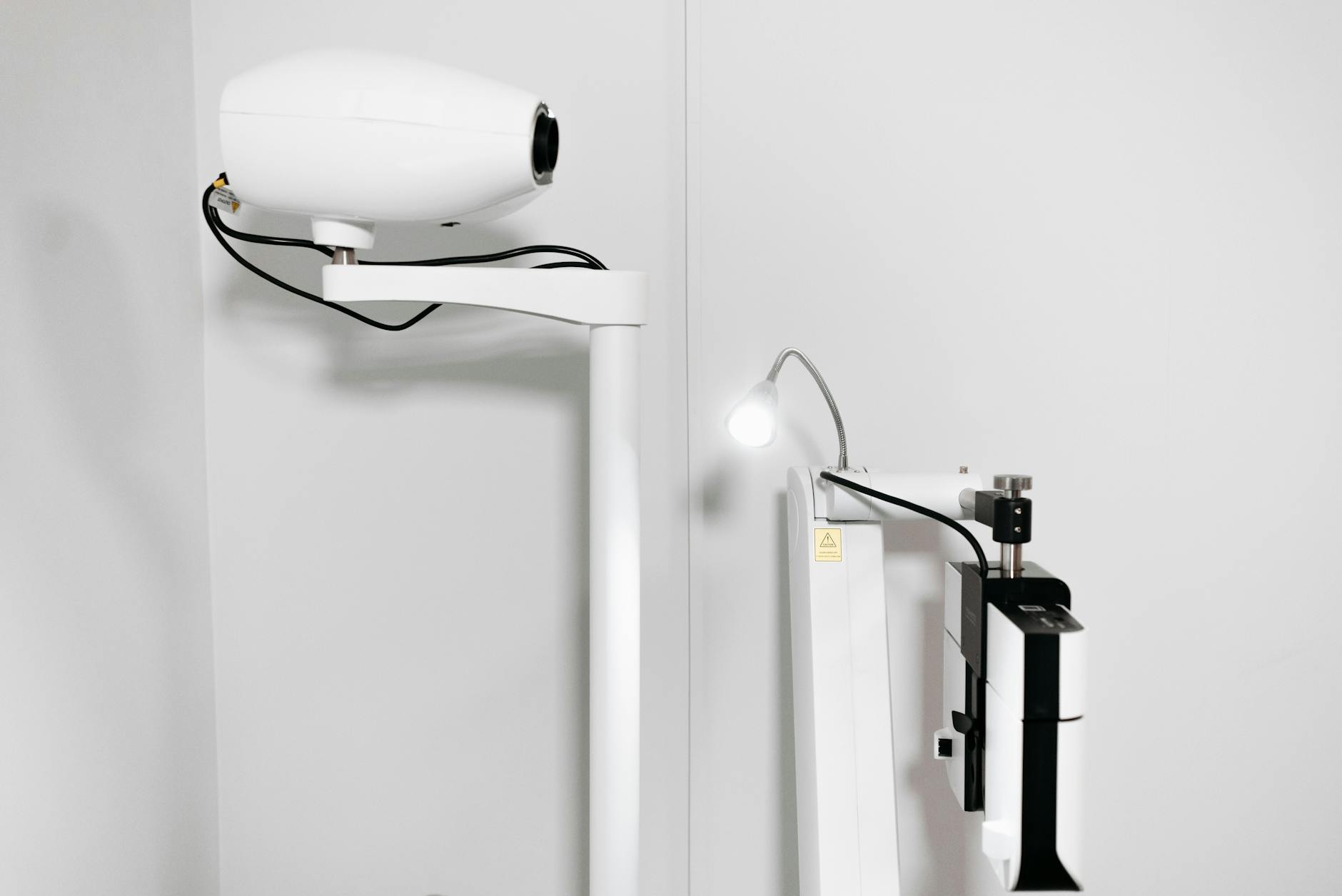
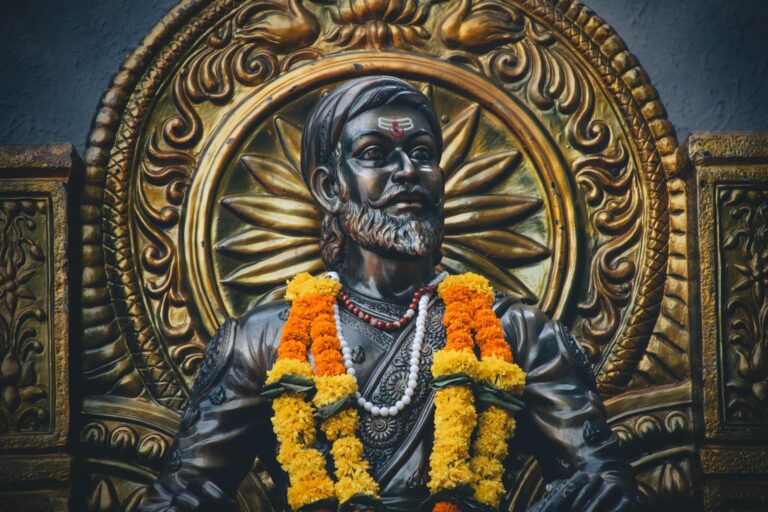

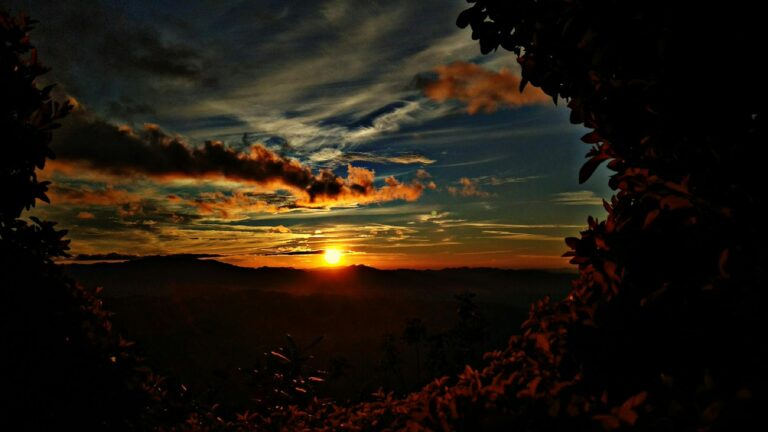

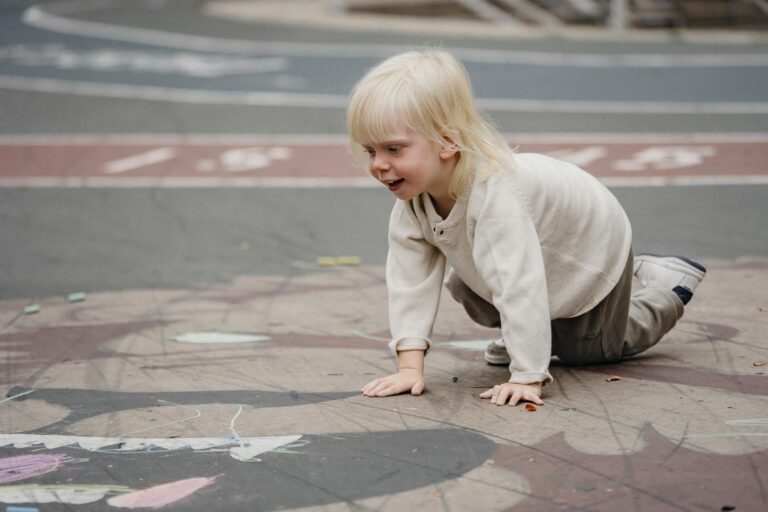


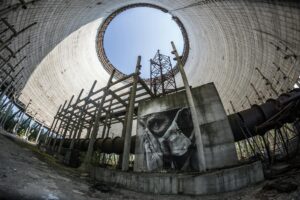
3 thoughts on “Cutting-Edge Tech Boosts Safety at Shri Mata Vaishno Devi Shrine”